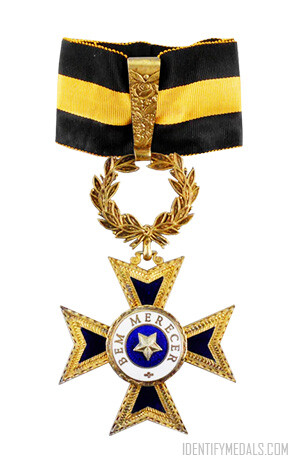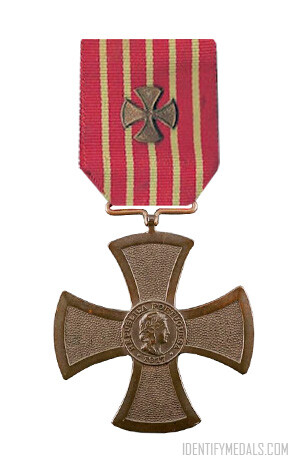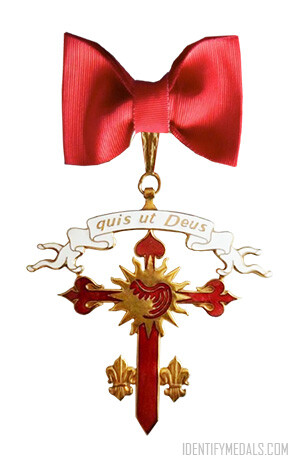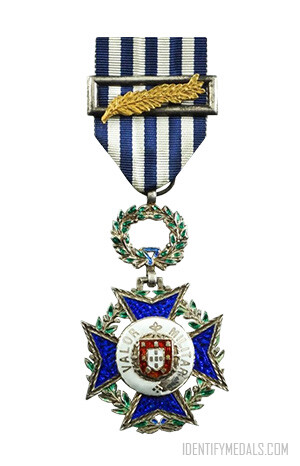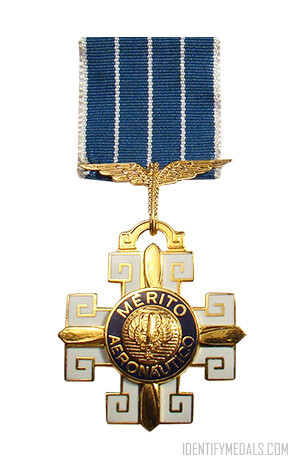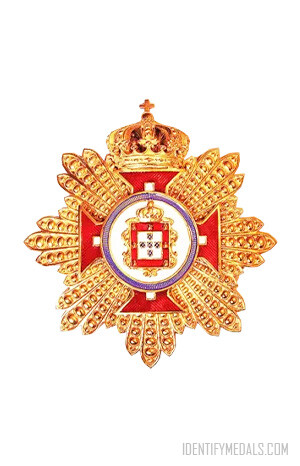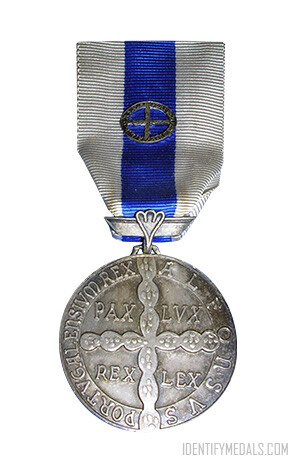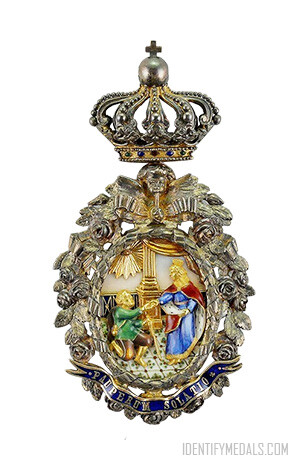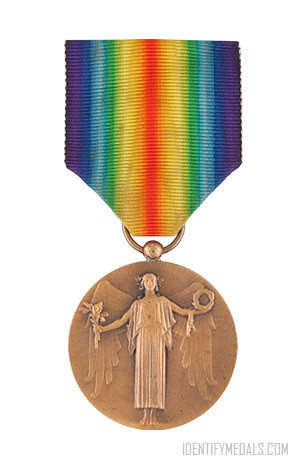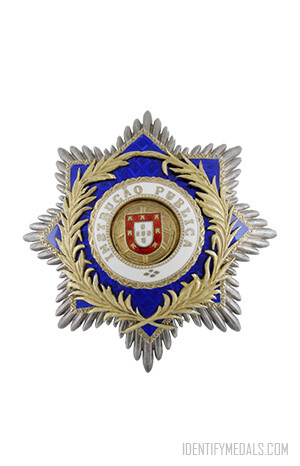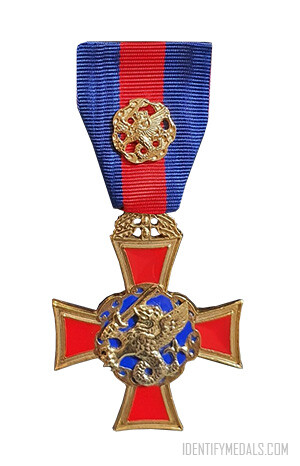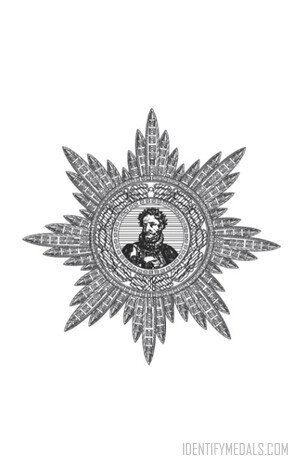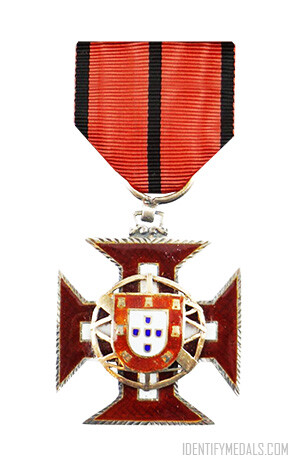- Time Period: Interwar Period
- Institution: 1927 (as the Order of Instruction and of Benefaction)
- Country: Portugal
The Order of Merit (or Ordem do Mérito in Portuguese) is a prestigious Portuguese honorific order that recognizes individuals for meritorious acts or services performed in any capacity, both public and private, demonstrating self-sacrifice for the benefit of the community.
The President of the Portuguese Republic, acting as the Grand Master of the Portuguese Honorific Orders, bestows these decorations. The Order of Merit can be awarded both during a recipient’s lifetime and posthumously, to Portuguese and foreign citizens alike, as well as to localities or institutions that are legal entities governed by public law or recognized for public utility. Recipients have included ambassadors, businesspeople, military personnel, athletes, and musicians.
The Order of Merit traces its origins to April 1927 with the creation of the Order of Instruction and Benefaction (Ordem da Instrução e da Benemerência). This initial order aimed to recognize services furthering education in Portugal. In 1929, it was divided into two distinct orders: the Order of Benefaction, focused on social causes and public assistance, and the Order of Public Instruction. The Order of Benefaction was renamed to the Order of Merit in 1976.
The Order of Merit Grades
The Order of Merit is organized into several classes, listed in descending order of seniority:
 Grand Cross (Grã-Cruz – GCM)
Grand Cross (Grã-Cruz – GCM) Grand Officer (Grande-Oficial – GOM)
Grand Officer (Grande-Oficial – GOM) Commander (Comendador or Comendadeira – ComM)
Commander (Comendador or Comendadeira – ComM) Officer (Oficial – OM)
Officer (Oficial – OM) Medal (Medalha – MedM)
Medal (Medalha – MedM)- Honorary Member (Membro Honorário – MHM)
The Order of Merit Design
The badge features a star or cross with intricate designs symbolizing merit and excellence. Higher classes such as the Grand Cross and Grand Officer include more elaborate decorations, often incorporating gold and enamel work, as well as additional symbols representing the recipient’s contributions to society.
The ribbon of the Order is typically adorned with colors and patterns that signify the Order’s values and history. For instance, the ribbon may feature blue and white stripes, reflecting the traditional colors associated with Portuguese national honors.
The insignia worn by recipients can vary in complexity and design according to their specific class within the Order, with higher ranks displaying more ornate and detailed decorations.

